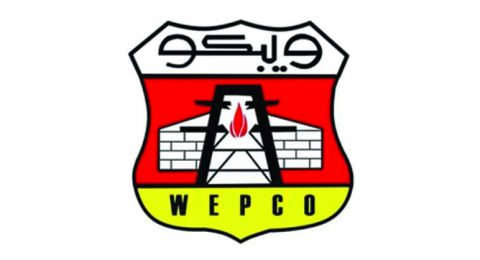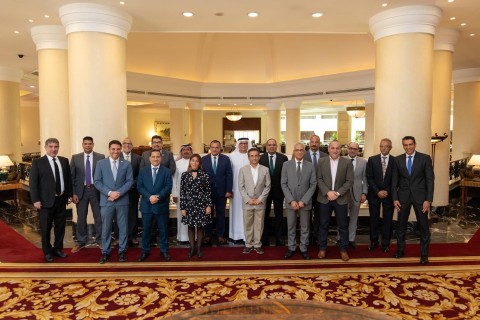With global calls for the green energy transition to achieve sustainability, the petroleum sector is focusing on ways to preserve the environment while keeping production moving continuously at the same time. Wastewater is one of the big issues faced by the petroleum sector. Since technology is the main aid for getting solutions, it evolved Zero-liquid discharge technology to help increase operational efficiency. This technology is a wastewater management strategy that eliminates liquid waste and maximizes water usage efficiency.
Spot Light on Zero Liquid Discharge
According to an article entitled “Zero Liquid Discharge Solutions,” Zero liquid discharge (ZLD) refers to a “treatment process in which the plant discharges no liquid effluent into surface waters, in effect completely eliminating the environmental pollution associated with treatment. It is about removing any liquid waste and increasing the water usage efficiency”. An article published by Klaren bv indicated that this method also aims to recover valuable mineral resources from wastewater.
Lenntech published an article stating that ZDL technologies consist of brine concentrators and crystallizers that use thermal evaporation to turn the brine into highly purified water and solid dry products that can be gotten rid of or generate salt from it. Also, there are other promising technologies with high recoveries that have emerged and can be used in different combinations to lower the cost and raise the efficiency of the systems.
According to meg.cz, which is one of the ZLD providers, the ZLD process consists of three steps; pretreatment, concentration, and thermal treatment. “Pretreatment is used to reduce the amount of Total Suspended Solids (TSS), Chemical Oxygen Demand (COD), and turbidity. After removal or significant reduction of TSS, COD, and turbidity of treated wastewater, other wastewater treatment processes can be used.”
It explained the second step, stating that the “concentration of dissolved solids in the ZLD system is usually accomplished by membrane technologies, such as reverse osmosis (RO), electrodialysis (ED) or by a combination of RO with ED. With the help of ED technology or the above-mentioned combination of RO + ED, we can achieve recovery of more than 98 % of treated water.”
In the third step, thermal treatment, “the last step of the ZLD process is usually consisting of an evaporator and crystallizer. The output of this process are crystalline salts NaCl, Na2SO4, etc. These salts can be sold for further processing. Any unusable solid waste is landfilled at controlled landfills. Evaporated water can be reused as condensate.”
Significance of ZLD
ZLD systems have impressive benefits. It can minimize the amount of wastewater which helps in lowering the costs of waste management as well as maximize the amount of water recovery. In addition, it reduces environmental pollution or issues. So, this technology is very beneficial in achieving sustainability and providing a safer environment.
ZLD Application in Oil and Gas
An example of applying ZLD in the petroleum sector is having the Aquatech company sign a contract with Egyptian Ethylene and Derivatives Company (ETHYDCO) to provide a water treatment facility that includes the first integrated ZLD plant in Egypt. The integrated solution consists of a microfiltration system, a High-Efficiency Reverse Osmosis (HERO™) system, followed by a Fractional Electrodeionization(FEDI™) and brine concentrator, and finally, a crystallizer and sludge treatment system.
ETHYDCO has taken this step seeking to “optimize a consistent composite mix of treated effluent and water from Nile River canal.” The plant started operation in 2015 and was keen on meeting all the required standards of ZLD established by the Egyptian government to protect the river Nile.








